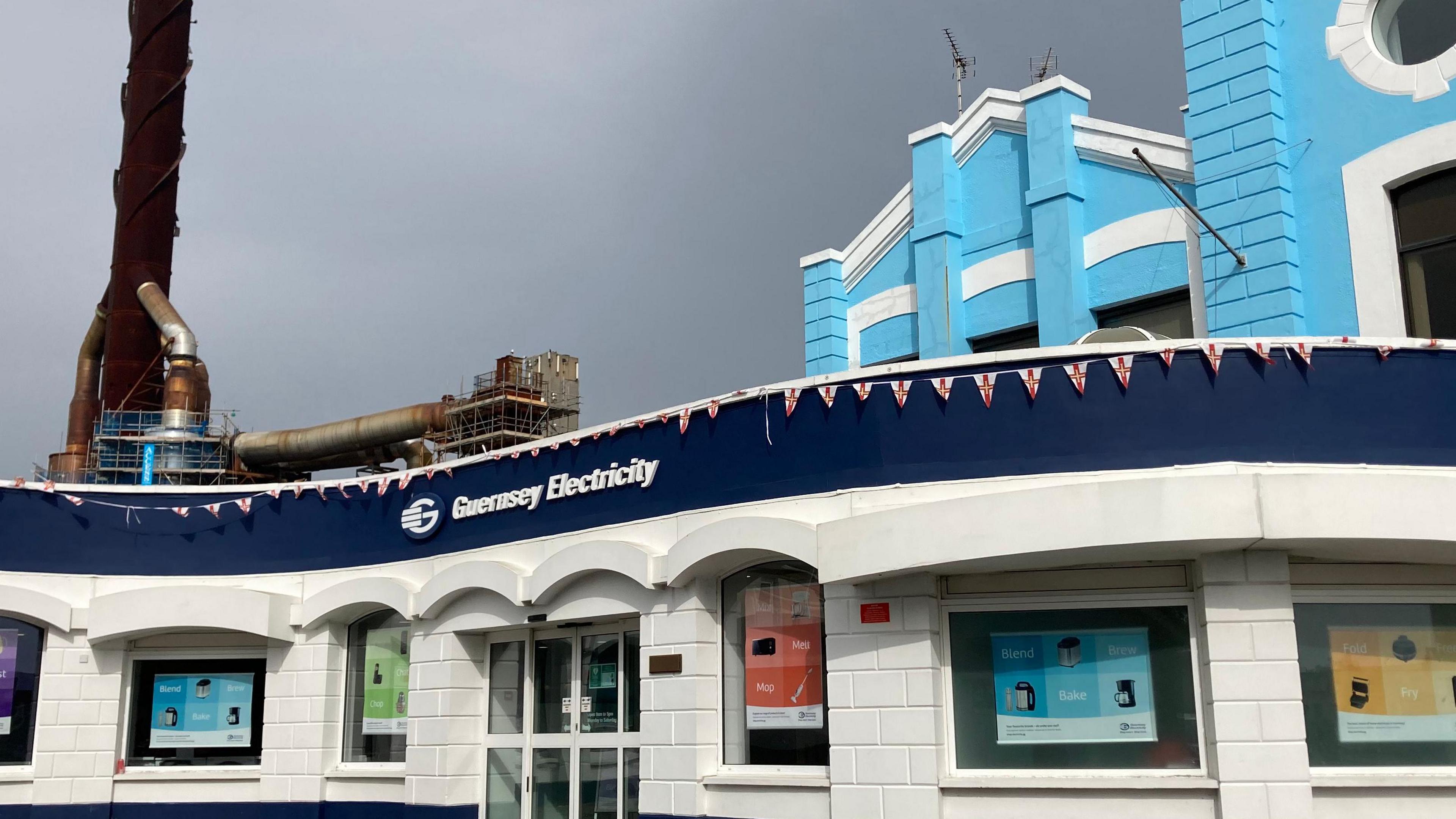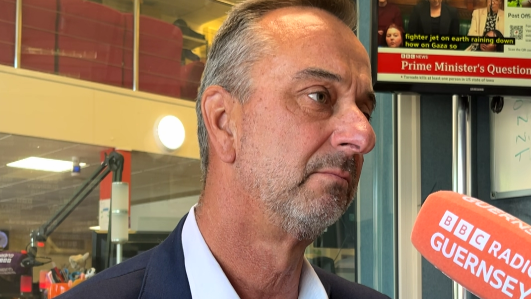Power cable upgrade 'needs to be up to 75% faster'

Guernsey Electricity's CEO said the Island has more than 870 miles (1,400km) of underground cables in total and it would take "a long time to replace all of it"
- Published
Guernsey Electricity (GEL) needs to upgrade its cables up to 75% faster to deliver the island's electricity strategy, the company has said.
Mike Lloyd, GEL's head of distribution, said Guernsey has more than 870 miles (1,400km) of underground electricity cable and replaces less than 5 miles (8km) every year at the moment.
He said the company would need to upgrade its cables between 37% and 75% faster if it wanted to make sure the electricity grid could cope with expected future demand.
Mr Lloyd said Guernsey Electricity was planning to increase the rate it upgraded cables over the next few years, but couldn't "turn the tap on" and do things three or four times faster immediately as things were "not that easy".
How long will replacing cables take?
Keeping an electricity grid up to date takes investment.
But Alan Bates, the company's CEO, said Guernsey was playing "catch up" as it had underinvested in its network for decades.
He said: "One of the issues is we had a 10-year period where we had no price increases at all - and that was wrong."
Many of the cables used to distribute electricity in Guernsey are very old and need to be replaced as they are coming to the end of their life. Some were were even laid during World War Two.
With over 870 miles (1,400km) of underground cable, it could take nearly 175 years to upgrade it all at the current rate, according to Guernsey Electricity's own figures.
However, things aren't quite that simple.
GEL has already started replacing old cables, but, more importantly, the company does not need to upgrade them all before improvements are seen.
Mr Bates said: "It doesn't all need to be replaced immediately. There are areas we have to concentrate on where there is less capacity for customers."
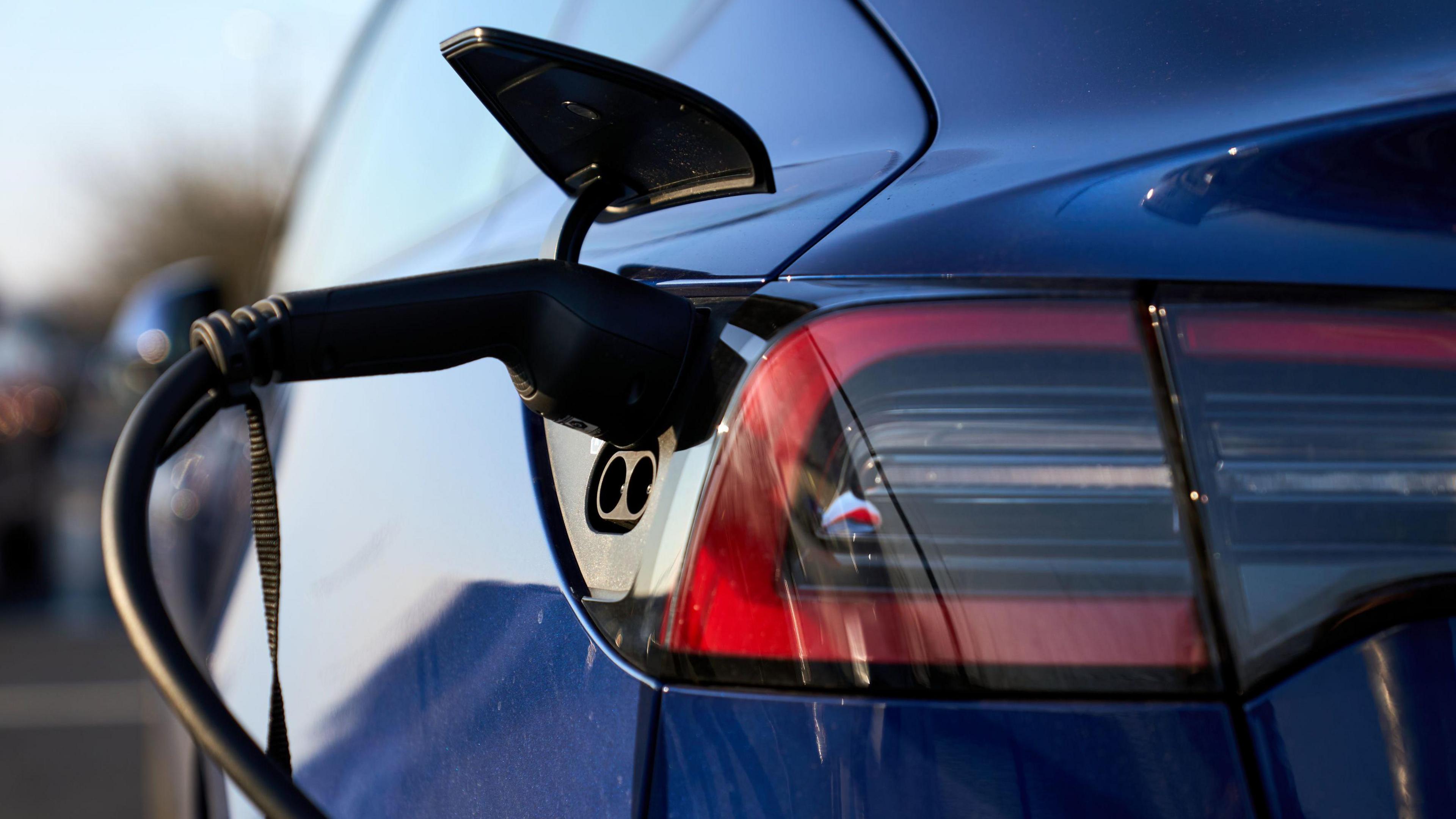
More people are expected to start driving electric cars as the island moves towards a greener economy
As the island's population expands and moves towards a greener economy, more people are expected to use electric heating and start driving electric cars, meaning higher use of electricity and less fossil fuels.
The industry measures peak electricity usage, what it calls "maximum demand", in megawatts (MW). This is the amount of electricity that gets used during the Island's busiest periods.
Mr Bates said Guernsey currently had a maximum demand of 94MW, but this could rise to as high as 157MW by 2050, meaning GEL would need to generate and distribute much more electricity in 26 years' time.
Smart technology and "demand management" could limit the maximum demand to 125MW, but this is still a significant rise.
Some of this smart technology has not been developed yet, but the industry was banking on it becoming available over the next 25 years, according to Mr Lloyd.
Without any smart tech, GEL would need to upgrade 8.7 miles (14km) of cable a year to make sure the grid can cope, Mr Lloyd said.
If the maximum demand is kept to 125MW then it will need to upgrade 6.8 miles (11km) of cable a year.
Mr Lloyd said Guernsey Electricity plans to ramp up cable upgrades over the next "three years or so".
He said it would take time as the company "couldn't turn the tap on and do things three or four times faster" overnight because of a number of factors including staff training, funding and co-ordination with Highways and other utility companies.
Pylons 'cheaper and quicker'
Unlike most of the UK, which uses electricity pylons, the majority of Guernsey's electricity is supplied using underground cables.
Mr Lloyd said this means electricity cabling is "many times more expensive" as it needs more insulation and is "more time consuming" as roads need to be dug up to replace wires.
However, as Guernsey is "battered by storms" more often than the mainland, underground cables reduce weather-related power cuts.
Investing in infrastructure
Mr Bates said upgrades in highly-populated urban areas, such as the current work around Doyle Road, were more complex and therefore slower.
He added: "What you can't do with these sort of works is just start and stop, because then you have to put in little joints which are weak points for the future.
"We want to try and design this and install this in the most appropriate way."
Mr Bates said: "With us all living on the island together, we're all affected by the various roadworks and we all understand the disruption. I'm affected, you're affected.
He said all the company could do was to "try to minimise that disruption" and finish the works "as quickly as possible".

Mr Bates said it was important customers "don't panic"
Guernsey Electricity announced this week it would increase average electricity bills by 10% from July, with standing charges increasing by 35%.
Mr Bates said the price rise was partly down to higher costs of buying energy, as well as high interest and high inflation.
On top of this, the extra money would also be reinvested in infrastructure to help the company deliver Guernsey's electricity strategy, he said.
"This isn't just replacing the stuff we've got. This is about doing more," Mr Bates said.
He said there needed to be "even greater transparency about what we're spending the money on", given the recent price rises.
Guernsey Electricity has launched an online electricity bill calculator, external, to help people understand how their bills will increase.
Mr Bates' advice to customers was "don't panic when you hear these increases".
He said the company was "there to help and support" and customers should call Guernsey Electricity if they were struggling to pay their bill.
Follow BBC Guernsey on X (formerly Twitter), external and Facebook, external. Send your story ideas to channel.islands@bbc.co.uk, external.
- Published22 May 2024
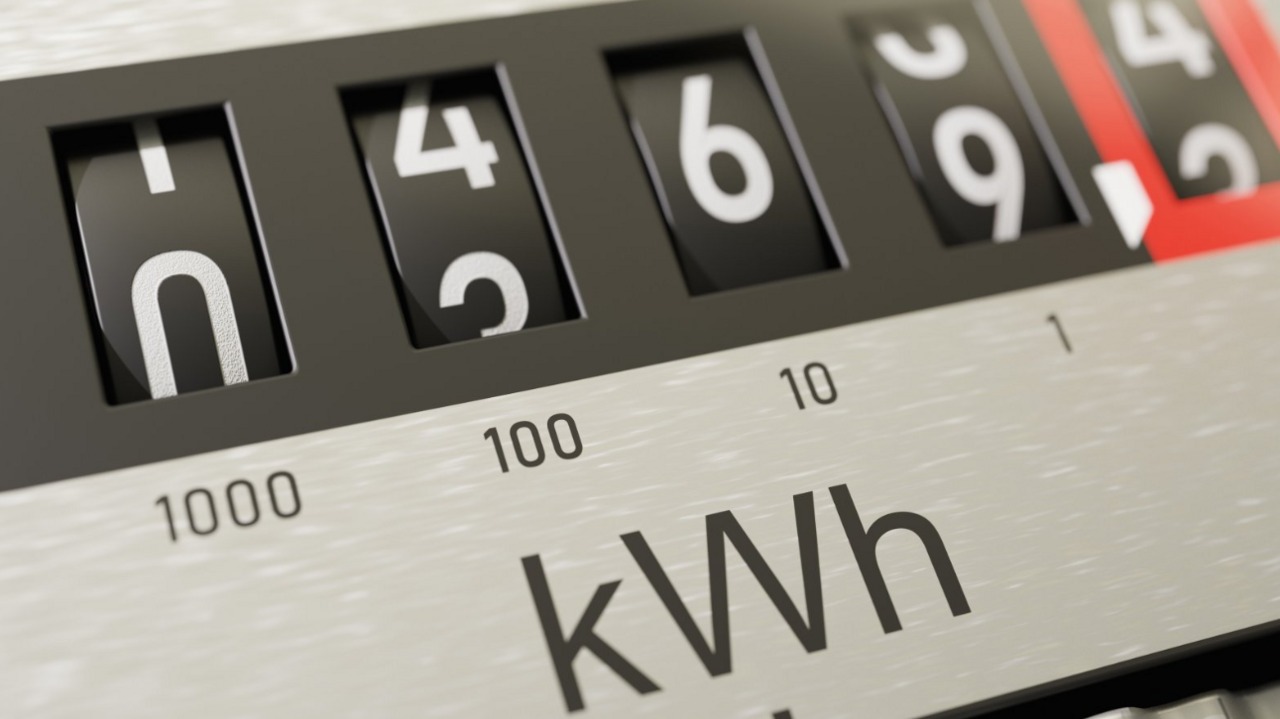
- Published10 April 2024
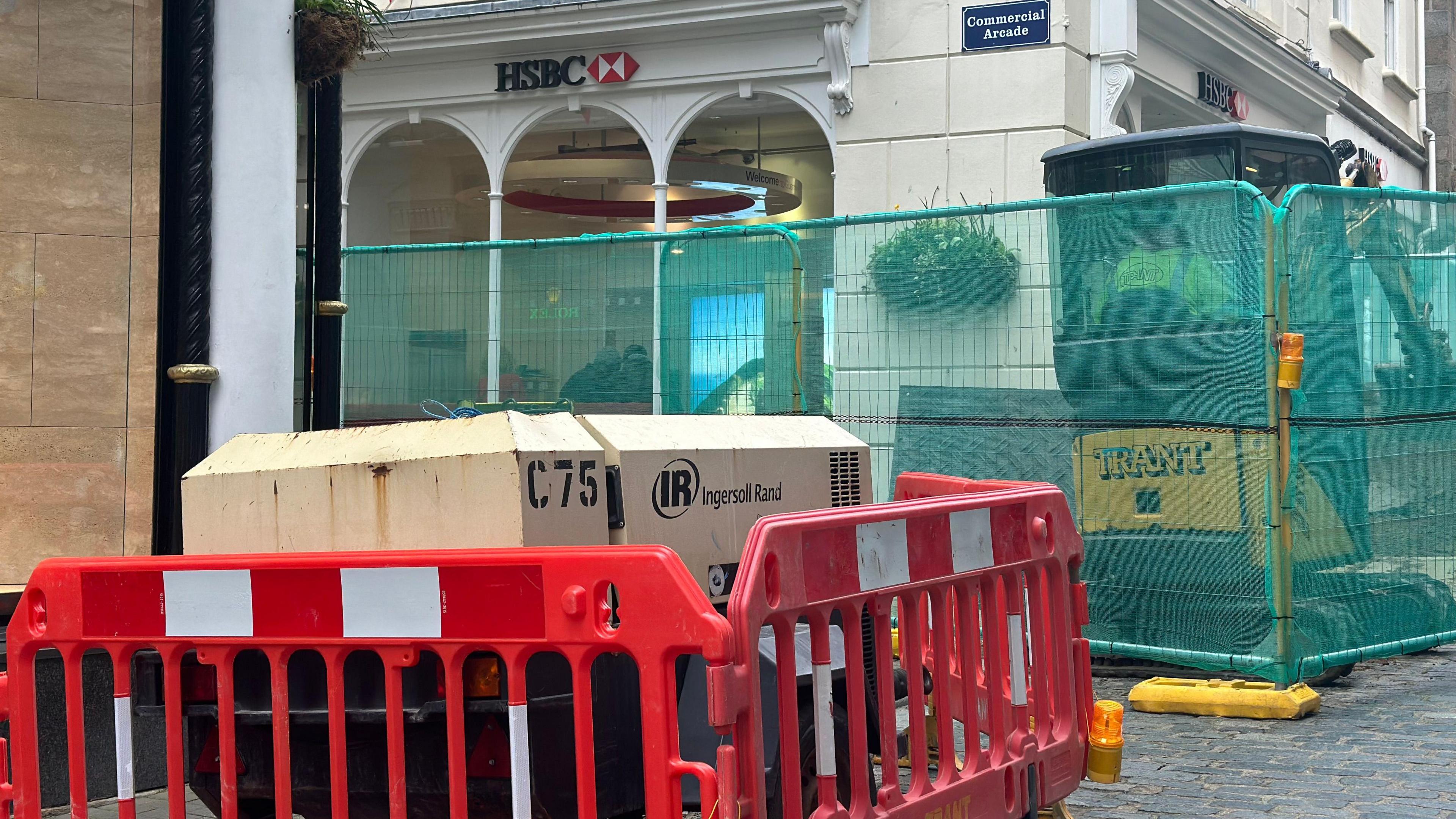
- Published6 April 2024
